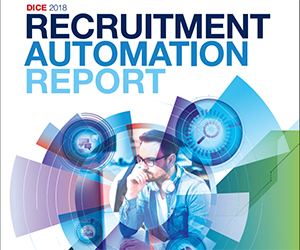Technically HR: Oracle Dynamic Skills solution gets an AI-powered makeover
HR Brew
SEPTEMBER 11, 2024
Oracle announced Wednesday an update to its skills infrastructure within its Oracle Fusion Cloud HCM platform that allows HR pros to develop a skills-based talent strategy in every facet of the function: from learning and development (L&D) to performance management to recruiting to workforce planning.























































Let's personalize your content